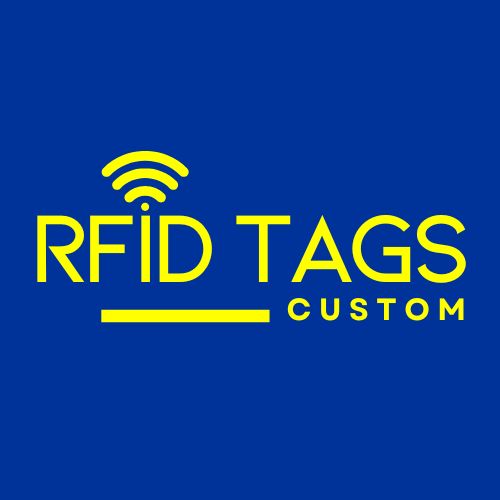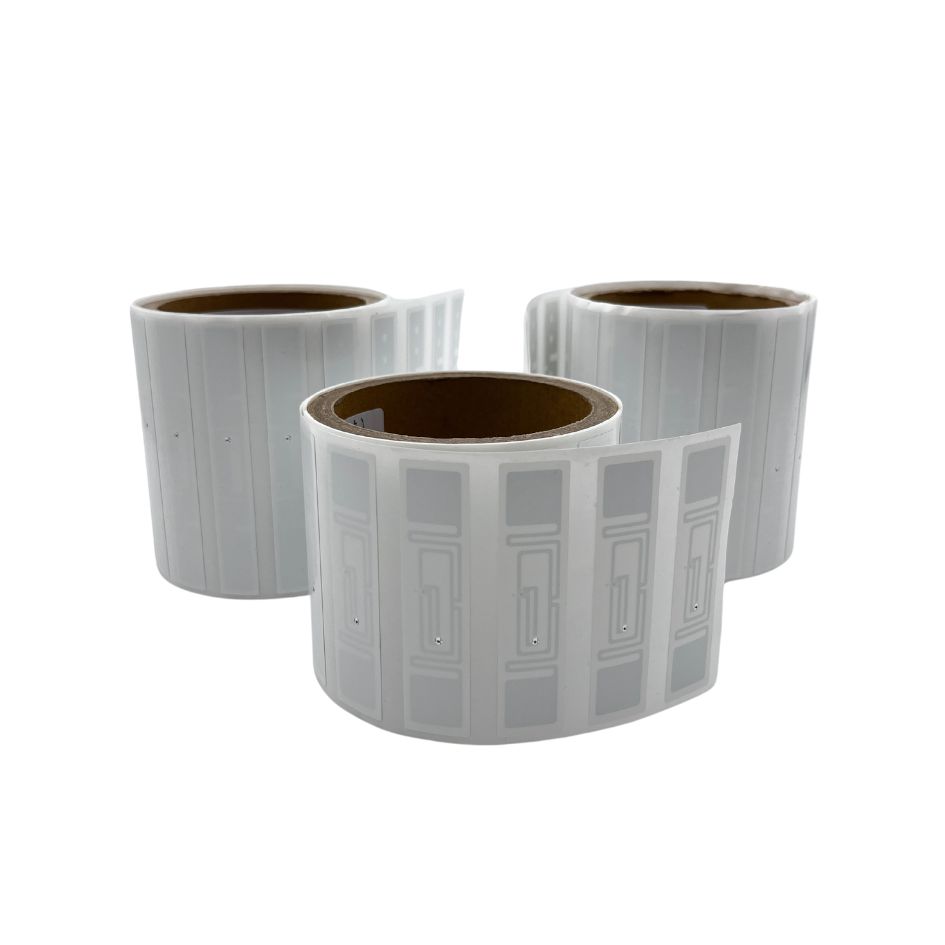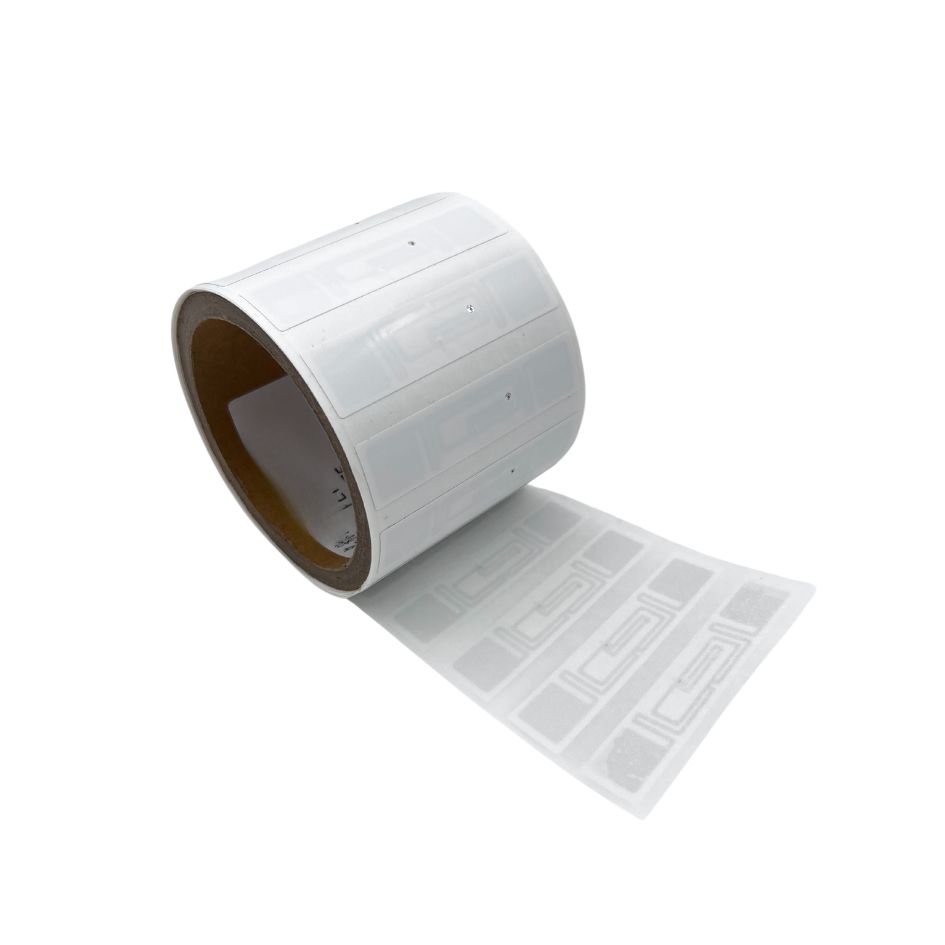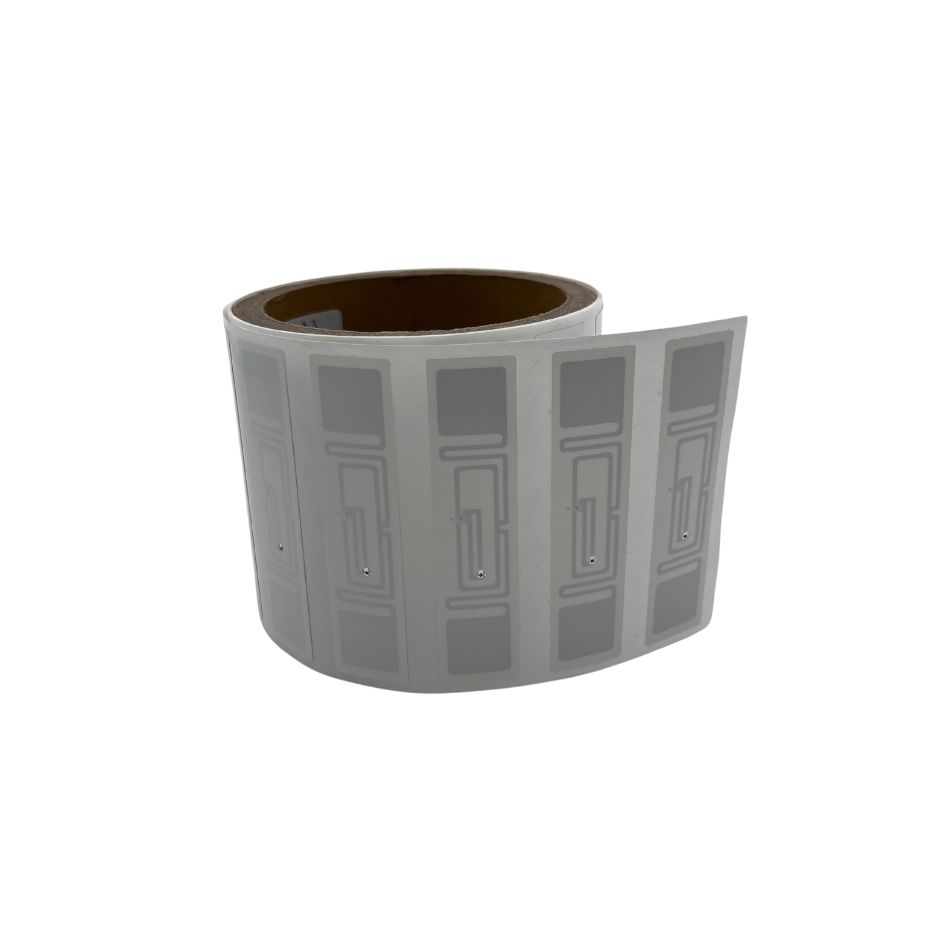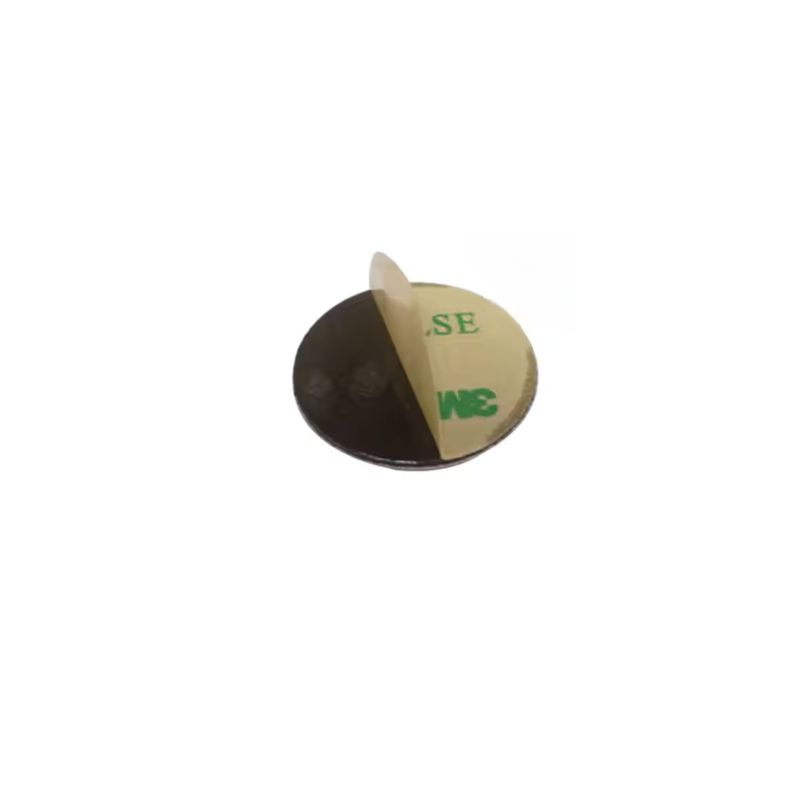
Customized Library RFID Tags for Library Management
Streamline Library Operations with ISO-Compliant RFID Tags
Library RFID tags are transforming how libraries manage their inventory and enhance user experience. Utilizing advanced RFID technology, these tags automate various library processes, significantly improving operational efficiency while ensuring security.
With compliance to ISO standards, our RFID library tags are designed to be durable and reliable, making them an essential addition to your library supplies. By implementing these innovative tags, libraries can reduce time spent on repetitive tasks, enhance the borrowing experience for patrons, and streamline circulation functions.
Order your free samples today and discover the benefits of our RFID solutions!
Understanding Library RFID Tags
How RFID Works in Library Operations
RFID tags are small devices equipped with a microchip and an antenna. When placed on library materials, such as books, CDs, and DVDs, they allow for quick and efficient tracking and management.
Unlike traditional barcode systems, which require line-of-sight scanning, RFID tags can be read from a distance and can be scanned in bulk. This means that library staff can quickly check items in and out without needing to manually scan each one individually.
Using RFID technology allows libraries to automate various processes, including inventory management and checkout. For example, as patrons approach a checkout station, the RFID reader detects the tags on multiple items simultaneously, speeding up the transaction process. This automation significantly reduces the time spent on repetitive tasks, allowing library staff to focus on providing better service to patrons and improving overall productivity.
Security Enhancements with RFID Library Tags
Security is a paramount concern for libraries, especially when it comes to preventing theft of materials. Our RFID library tags provide a robust security solution that surpasses traditional methods such as tattle-tape or magnetic security strips.
When an RFID tag is placed on an item, it can be easily activated or deactivated at checkout.In conjunction with security gates at exits, RFID tags help deter unauthorized removal of library materials. If a tagged item passes through the gate without being checked out, an alarm is triggered, alerting staff to potential theft.
This system not only enhances security but also improves the user experience by ensuring that patrons can check out materials quickly and conveniently.
Implementing RFID Technology in Libraries
Implementing RFID technology in libraries is a straightforward process designed to minimize disruptions. Our library RFID tags come ready to adhere to library items, and the integration with existing library management systems is seamless.
The tags can be easily paired with self-checkout stations, allowing patrons to check out materials independently, further enhancing the user experience.Once installed, libraries can expect a considerable return on investment as the efficiency of operations improves.
The RFID system streamlines the inventory process, enabling library staff to conduct inventory checks quickly and accurately. Additionally, RFID tags can withstand wear and tear, ensuring long-term reliability and performance.
Technical Specifications
| Feature | Description |
| Type | ISO-compliant RFID tags |
| Frequency | 13.56 MHz (ISO15693) |
| Read Range | Up to 1 meter |
| Material | Durable, weather-resistant plastic |
| Data Storage | Unique identification and transaction data |
| Compatibility | Works with most library management systems |
Usage Instructions
- Affix the Tag: Clean the surface of the library item and securely attach the RFID tag.
- Activate the Tag: Use an RFID reader to activate the tag and link it to the library management system.
- Test the System: Ensure that the RFID system is functioning correctly by scanning the items and verifying that they are recognized by the reader.
- Monitor for Security: Integrate the RFID tags with security gates to enhance theft prevention measures.
Environmental Impact
Our library RFID tags are designed with sustainability in mind. Many manufacturers are adopting eco-friendly materials and production processes, reducing the overall environmental footprint of RFID technology. By automating inventory management and minimizing manual handling, libraries can also reduce waste and improve resource utilization.
In conclusion, our ISO-compliant RFID library tags present a powerful solution for modern libraries seeking to enhance operational efficiency, security, and user experience.
By streamlining circulation functions and enabling real-time tracking, these tags revolutionize how libraries manage their collections and serve their patrons.
We offer the best products at competitive pricing, ensuring that you receive high-quality solutions tailored to your needs.
Get Your Custom RFID Tags
As a leading custom RFID tag manufacturer, we craft solutions based on the unique needs of your operation. We offer a wide range of customization options, including material, size, frequency, encoding, and read distance, ensuring each RFID Tag is perfectly customized to your requirements. No matter what application you use RFID tags for, we can provide rugged, reliable RFID tags that meet the highest quality and durability standards. Here are the main ways we customize RFID tags to fit your needs.

Material Selection
Material is key for customizing RFID tags. Plastic works in harsh conditions, while softer materials suit delicate spaces. Different materials also affect signal performance. Pick what fits your use case to ensure your tags last and work reliably.

Customized Size
Size shapes usability. Small tags fit tight spaces or tiny items, while larger tags are easily read. In crowded areas, sleek tags prevent clashes. Align shape and dimension with your goods for visibility, convenience, and performance.

Frequency Requirements
Choose LF, HF, or UHF based on read range, speed, and interference. LF and HF resist metals and liquids but have shorter ranges. UHF offers an extended range yet may face signal blocks. Match frequency to your environment for reliable performance.

Reading Distance
Define the distance at which you have to read the tag. Short distances work for retail checkouts, while warehouses may need meters of coverage. Antenna design, reader settings, and power outputs affect range.Adjust these factors to capture data accurately at the distance you need.

Encode
Plan how data is stored on each tag. Some only hold an ID, while others contain detailed info. Decide if you need a simple EPC or added user memory. Ensure your chosen format works with existing software. Proper encoding streamlines processes and slashes errors.

Application Environment
Consider real-world conditions. Temperature swings, humidity, and chemicals can degrade tags. For outdoor use, opt for UV-resistant casings. In healthcare or food settings, ensure compliance with safety rules. Matching your tags to the environment maximizes their lifespan.
Related Products
Customize any RFID tags from our factory to meet your requirements.
